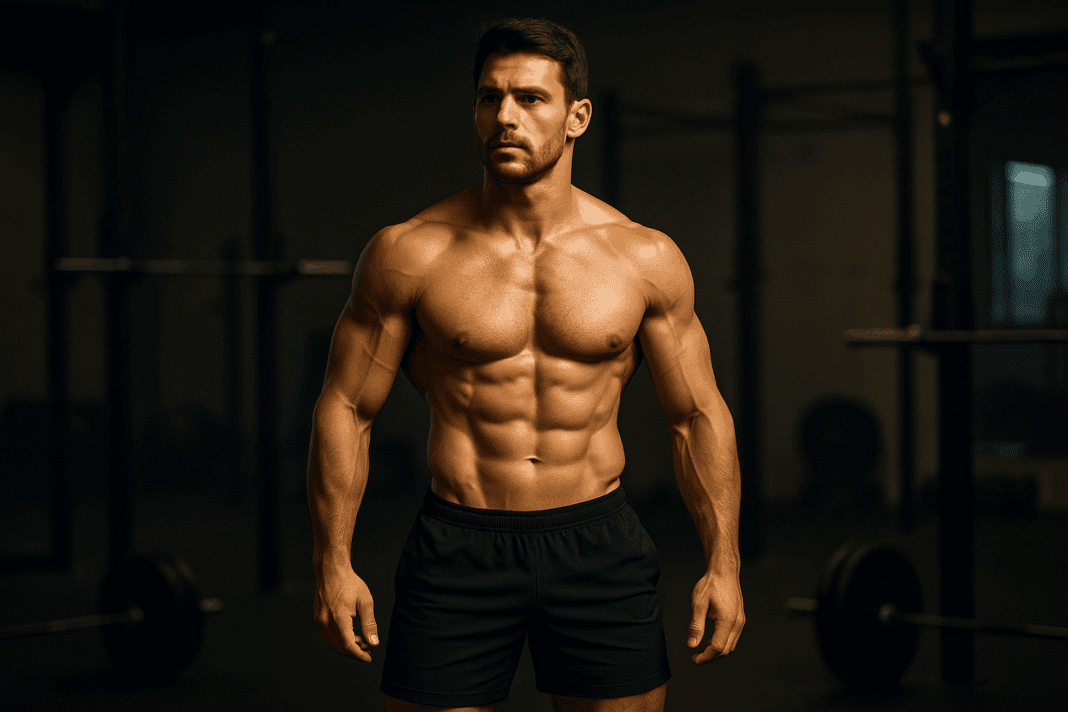Introduction
Developing the perfect body men often strive for involves far more than vanity or superficial gains. It reflects a commitment to long-term health, functional strength, and enhanced physical performance. This pursuit not only requires dedication in the gym but also a strategic, evidence-based plan that integrates training science, nutrition, recovery, and lifestyle management. The blueprint to achieving the perfect male body is rooted in a deep understanding of physiology, behavioral consistency, and smart goal-setting.
You may also like: The Ultimate 30-Day Workout Plan for Men Working Out in the Gym: Proven Full Body Strength Exercises to Maximize Results
Understanding the Foundations of the Perfect Body for Men
Before building the perfect body for a guy, one must understand what constitutes such a physique. While beauty standards vary across cultures and generations, the ideal male body is often characterized by balanced muscle mass, low body fat, visible muscular definition, and symmetrical proportions. This encompasses broad shoulders, a defined chest, a lean waist, strong legs, and a well-developed back—a classic V-shaped silhouette that aligns with the best male physique archetype. However, it is essential to recognize that perfection is subjective. A good male body should be evaluated based on functional strength, endurance, mobility, and overall health rather than aesthetics alone. Therefore, the journey to the best male body should prioritize these elements to ensure sustainability and long-term well-being.
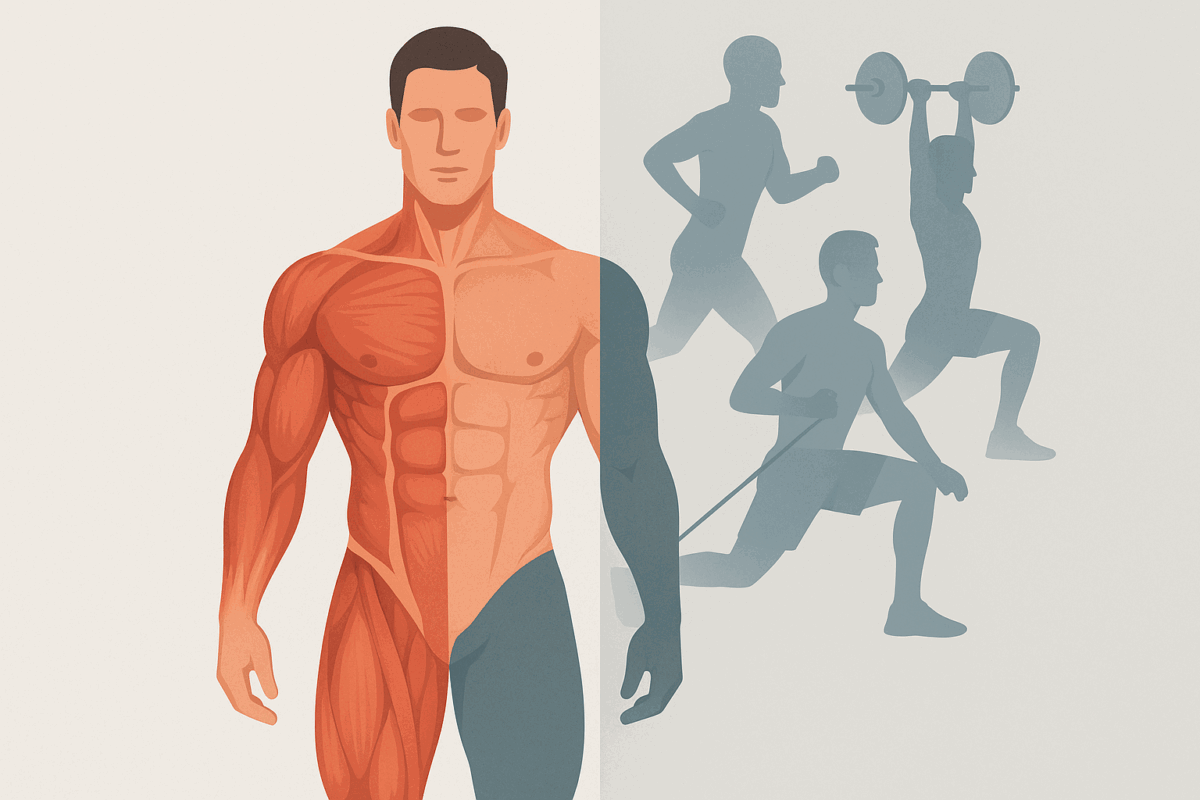
The Science Behind Strength Training for the Perfect Male Body
Strength training is the cornerstone of physical transformation. To sculpt a perfect male body, the training approach must be tailored to stimulate muscle growth (hypertrophy), enhance neuromuscular coordination, and improve metabolic efficiency. Progressive overload is central to this process, requiring an incremental increase in weight, reps, or intensity over time. Compound movements such as deadlifts, squats, bench presses, and overhead presses recruit multiple muscle groups simultaneously, maximizing efficiency and hormonal response. These exercises help build a solid athletic body type men commonly desire—a physique that combines strength, power, and aesthetic appeal. Training splits (e.g., push/pull/legs or upper/lower) provide structure and ensure muscle groups receive sufficient stimulus and recovery. Periodization, the strategic cycling of training variables, prevents plateaus and minimizes injury risk. Whether aiming for the best male body or improving general fitness, applying training science increases the likelihood of sustainable gains.
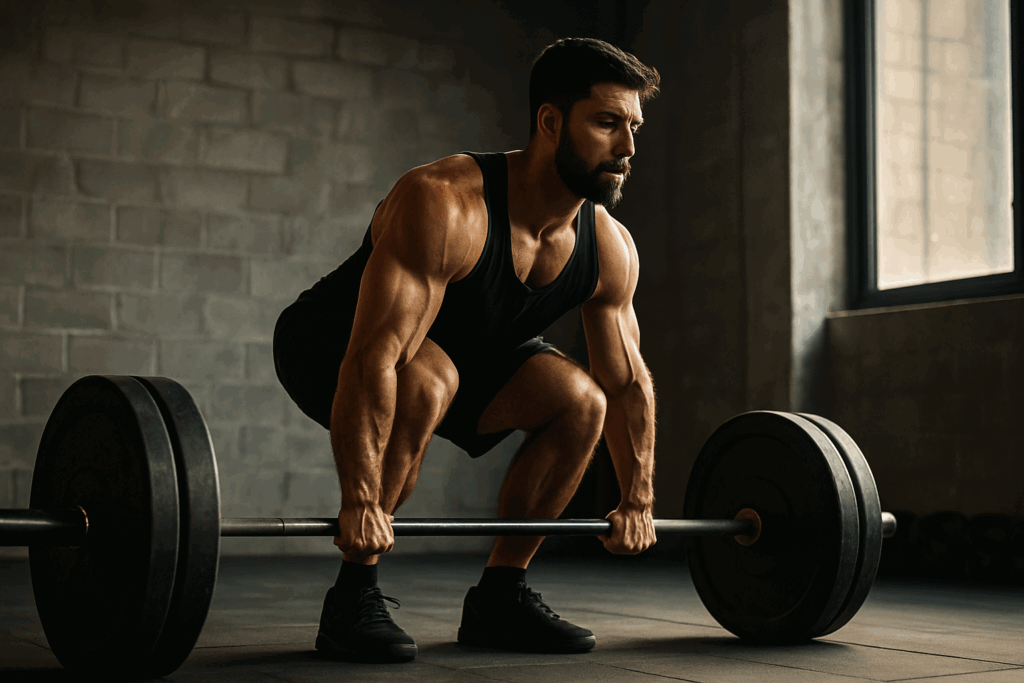
Nutrition Strategies to Sculpt the Perfect Body for Men
No blueprint for the perfect male body is complete without addressing nutrition. Dietary strategies should align with the individual’s goals, training load, and metabolic rate. For muscle growth, a caloric surplus rich in protein, complex carbohydrates, and healthy fats is essential. Conversely, for fat loss and definition, a slight caloric deficit combined with adequate protein helps preserve muscle mass. Macronutrient ratios matter. Protein intake should hover around 1.6 to 2.2 grams per kilogram of body weight per day to support muscle repair and growth. Carbohydrates fuel intense workouts, while fats regulate hormones crucial to recovery and performance. Micronutrients, hydration, and meal timing also play a pivotal role in developing the perfect body men aspire to. Adopting a sustainable and personalized approach to nutrition ensures long-term adherence. Rather than following fad diets or extreme restrictions, men should focus on nutrient-dense whole foods, portion control, and consistency.

Key Training Principles for the Perfect Body Men Seek
Training for the perfect body man is a nuanced endeavor. While lifting heavy is important, so is mastering exercise technique, controlling tempo, and understanding mind-muscle connection. These factors optimize muscle fiber recruitment and reduce the risk of injury. A well-rounded program incorporates both hypertrophy and strength phases, combining moderate rep ranges (8-12 reps) with lower reps (3-6) at higher loads. Functional training elements, such as kettlebell work, sled pushes, and bodyweight exercises, enhance athleticism and diversify movement patterns. Recovery is another pillar of effective training. Rest days, sleep quality, and active recovery sessions like mobility work or light cardio are vital for muscle repair and central nervous system recovery. Without proper rest, progress stagnates and the risk of overtraining increases, jeopardizing the journey to the perfect body for a guy.
Tailoring Workouts for Your Body Type and Fitness Level
Individual differences significantly influence how a training program should be structured. Ectomorphs, with leaner frames, may require higher caloric intake and lower cardio frequency to build size. Mesomorphs typically respond well to traditional resistance training and can achieve a perfect male body with consistent effort. Endomorphs might benefit from higher-intensity circuits and more frequent cardio to manage body fat. Beginners should prioritize mastering basic movement patterns and building a foundation of strength. Intermediate and advanced lifters can focus on refining weak points and implementing advanced techniques like drop sets, supersets, and tempo variations. Understanding one’s unique physiology, fitness background, and recovery capacity enables more efficient programming and reduces frustration. A truly effective blueprint evolves with the individual, adapting to their needs over time.
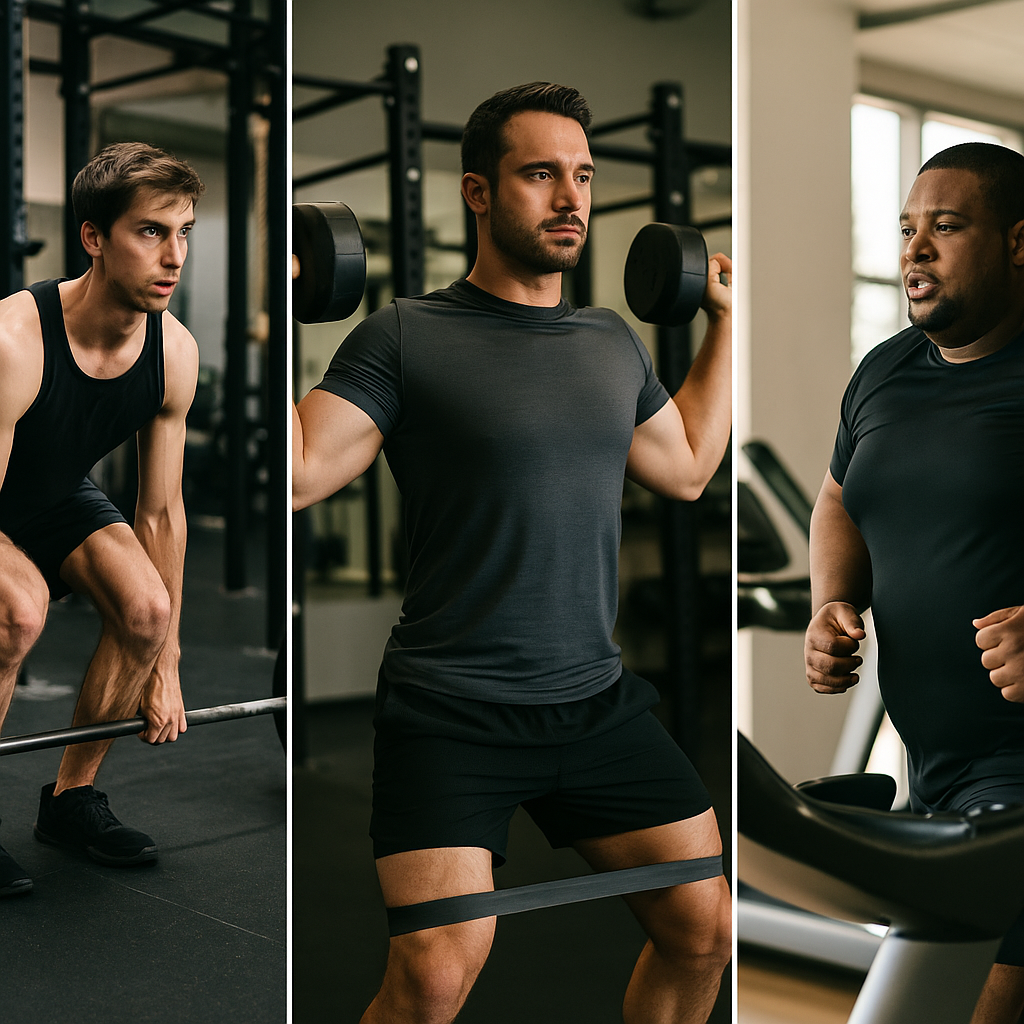
Incorporating Cardiovascular Training Without Compromising Gains
While strength training is paramount, cardiovascular exercise supports heart health, endurance, and fat metabolism. Integrating steady-state cardio or high-intensity interval training (HIIT) complements resistance work by enhancing recovery, improving insulin sensitivity, and aiding in fat loss. The key is balance. Too much cardio can impede muscle growth, especially in those with an ectomorphic or lean build. For those seeking the perfect body men idealize, 2-3 cardio sessions per week, lasting 20-30 minutes, are often sufficient. Low-impact options like cycling, swimming, or incline walking reduce joint stress while maintaining caloric expenditure. Strategic scheduling of cardio sessions—preferably separate from weight training or on rest days—maximizes benefits while preserving strength adaptations. By combining strength and endurance training intelligently, men can achieve the best male physique without compromising performance.
Building the Perfect Body Men Envision Through Lifestyle Mastery
Aesthetics and strength are not forged in the gym alone. Daily habits, sleep hygiene, stress management, and mental health profoundly affect physical progress. Achieving the perfect body for a guy involves aligning one’s environment and behaviors with long-term health and performance goals. Sleep is the most underrated recovery tool. Seven to nine hours of quality sleep supports hormone regulation, memory consolidation, and muscle repair. Chronic stress, on the other hand, elevates cortisol, which can hinder fat loss and muscle gain. Practices like mindfulness, meditation, or even leisure activities enhance recovery and resilience. Consistency in meal planning, hydration, and supplementation rounds out the lifestyle strategy. By integrating healthy routines into daily life, men build a foundation that sustains progress and resilience, both mentally and physically.

Setting Realistic Goals on the Road to the Perfect Body Man Archetype
Unrealistic expectations often derail fitness journeys. Social media can perpetuate unattainable ideals, fostering comparison and discouragement. Instead of chasing extremes, men should focus on incremental improvements, celebrating each milestone achieved. SMART goals (Specific, Measurable, Achievable, Relevant, Time-bound) provide structure and motivation. Tracking progress through strength benchmarks, body composition changes, or performance metrics offers tangible feedback and reinforces commitment. The perfect body men pursue is not a destination but an ongoing journey of growth, resilience, and adaptation. Setting clear goals and revisiting them regularly ensures alignment with one’s evolving identity and aspirations.
Hormonal Health and Its Role in the Perfect Male Body
Hormones play a foundational role in muscle development, fat distribution, and recovery. Testosterone, growth hormone, insulin, and cortisol collectively influence how effectively the male body responds to training and nutrition. Testosterone supports protein synthesis and muscle hypertrophy. While age, genetics, and lifestyle factors affect levels, men can support natural testosterone production through resistance training, adequate sleep, and healthy fat consumption. Vitamin D, zinc, and magnesium also contribute to hormonal balance. Insulin sensitivity improves with regular exercise and a diet low in processed foods, aiding in nutrient partitioning and lean mass retention. Understanding and supporting hormonal health empowers men to optimize physical transformation from the inside out.
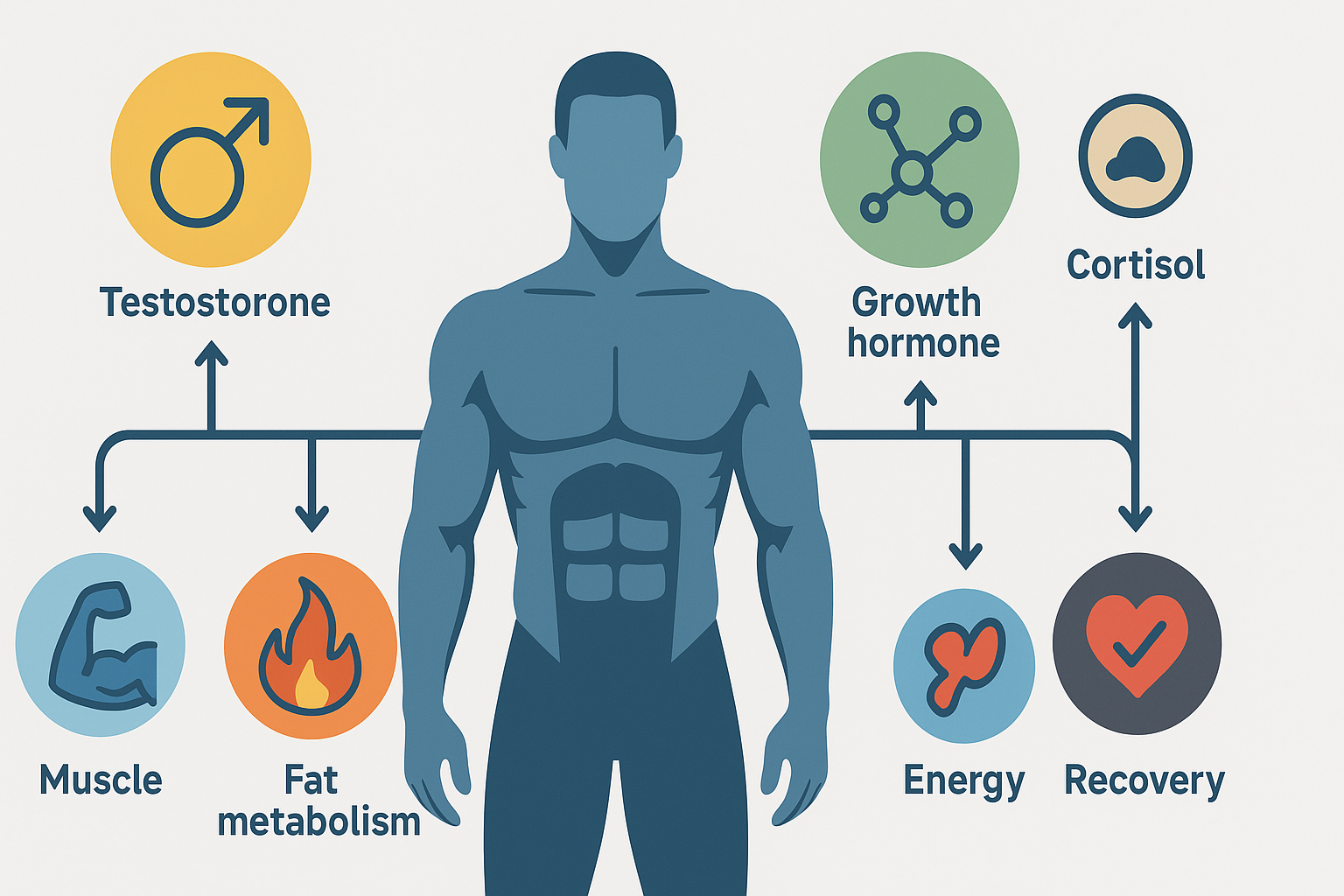
Perfect Body Men Deserve: Emphasizing Mental Strength and Self-Image
Chasing a perfect male body without cultivating a healthy self-image can lead to dissatisfaction and burnout. Mental strength is as crucial as physical capability. Confidence, discipline, and emotional resilience shape not only one’s physique but also quality of life. Body dysmorphia and performance pressure are real concerns, especially in the fitness community. Practicing self-compassion and acknowledging personal growth fosters motivation and prevents obsession. Fitness should enhance life, not dominate it. Mindset work, therapy, journaling, or mentoring can help reframe the fitness journey as one of empowerment and self-respect. When mental and emotional strength are prioritized, physical gains follow naturally and sustainably.
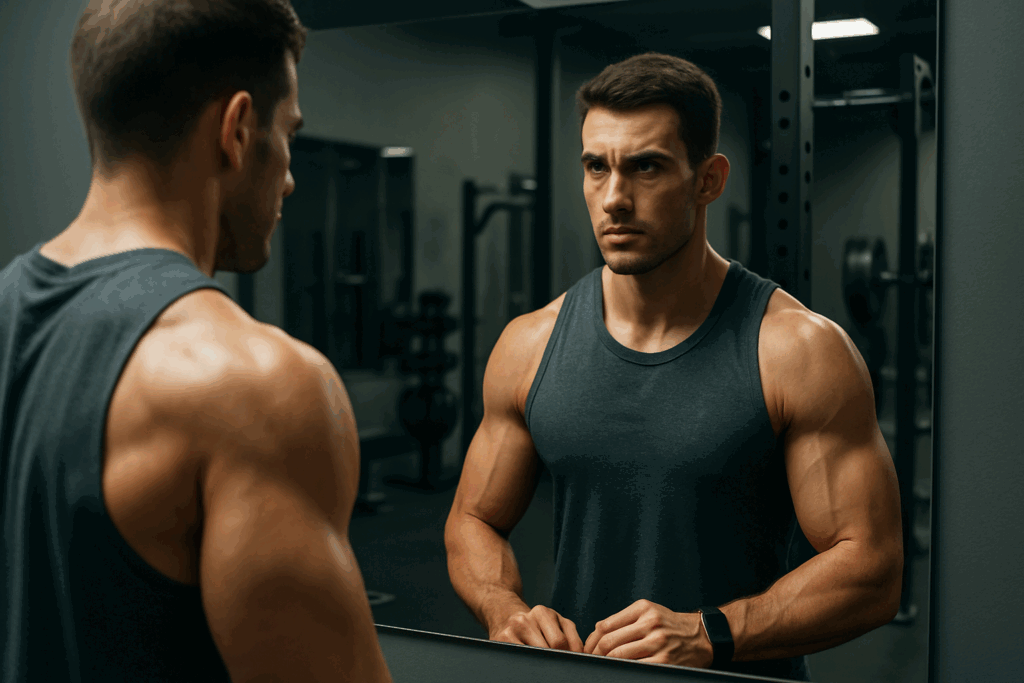
Tracking Progress Toward the Best Male Physique
Monitoring progress provides clarity and direction. Traditional methods like weighing oneself or measuring body fat percentage offer baseline data, but subjective measures like energy levels, mood, and confidence are equally valuable. Progress photos, training logs, and fitness assessments create a feedback loop that enhances motivation. If a plateau occurs, analyzing training variables, recovery habits, or dietary intake can reveal necessary adjustments. Consistency in tracking, paired with a willingness to adapt, ensures continued progress toward the perfect body for a guy. Progress is rarely linear, but with persistence and data-driven decisions, results accumulate over time.
Unlocking the Potential of Genetics Without Using Them as a Limitation
Genetics influence muscle fiber composition, bone structure, fat storage, and even recovery speed. While some may naturally gravitate toward a more athletic body type men find easier to sculpt, others must work harder to achieve similar results. Instead of viewing genetics as a constraint, they should be seen as a starting point. Through strategic training and personalized programming, nearly every man can build a good male body reflective of his highest potential. Epigenetics—how lifestyle affects gene expression—underscores the power of environment and behavior. Proper nutrition, training, and mindset can unlock genetic potential, transforming a typical male body into one of exceptional performance and aesthetic balance.
The Role of Supplementation in Developing the Perfect Male Body
While whole foods should form the nutritional foundation, supplements can enhance results when used appropriately. Protein powders aid in meeting daily protein targets. Creatine monohydrate, one of the most researched supplements, improves strength, power, and muscle fullness. Omega-3 fatty acids support joint health and inflammation control. Multivitamins, vitamin D, and magnesium fill potential dietary gaps. Pre-workouts, when used occasionally, can boost energy and focus during intense sessions. Supplements should never replace a well-balanced diet but serve as tools in the broader strategy. Used wisely, they support the physical transformation necessary to develop the perfect body men aim to achieve.
Sustainable Habits That Maintain the Perfect Body for a Guy
Achieving a perfect male body is one accomplishment; maintaining it is another. Lifelong health and performance hinge on sustainable routines. This includes meal prepping, regular strength training, seasonal programming adjustments, and prioritizing mental well-being. Sustainability also means embracing flexibility. Life will bring stressors, travel, and unexpected challenges. Building resilience through adaptable habits ensures that progress is not lost during difficult periods. The ultimate blueprint is not a rigid formula but a dynamic system that evolves with time. When lifestyle, training, and mindset align, the result is not just a perfect male body, but a vibrant, empowered life.
Frequently Asked Questions
1.How Does Stress Affect the Process of Achieving a Perfect Body for a Guy?
Stress can significantly hinder your ability to build the perfect body for a guy by affecting both your physiology and behavior. High levels of stress elevate cortisol, a hormone that can lead to muscle breakdown, increased fat storage—especially around the midsection—and poor recovery from workouts. Mentally, stress often reduces motivation, disrupts sleep, and contributes to unhealthy eating habits like emotional snacking. Effective stress management strategies such as breathwork, journaling, meditation, and low-intensity exercise can help restore balance. Over time, learning how to manage life stressors efficiently is just as crucial as training hard and eating clean if your goal is to transform your male body.
2.What Role Do Social Factors Play in the Pursuit of the Perfect Body Men Strive For?
Social influences play a major role in shaping perceptions of the best male physique. Cultural ideals, media portrayals, and peer expectations often dictate what a good male body should look like. These standards can be empowering or damaging depending on the context. For instance, comparison on social media can cause anxiety or unrealistic expectations, while support from fitness communities can boost accountability and encouragement. Developing self-awareness and cultivating a healthy self-image allows men to redefine what the perfect male body means to them, rather than conforming blindly to popular narratives.
3.How Can a Busy Professional Still Work Toward a Perfect Body Man While Managing Time Constraints?
Time management is one of the biggest challenges for professionals striving for the perfect body man goal. However, optimizing your schedule through efficient training methods like high-intensity interval training (HIIT), full-body circuits, or 30-minute weight sessions can deliver impressive results without monopolizing your day. Meal prepping on weekends and using grocery delivery services help maintain a clean diet with minimal effort. Additionally, micro-workouts—short bouts of physical activity throughout the day—can support calorie burn and metabolic health. Over time, consistent small actions accumulate into visible changes that push you closer to the best male body.
4.Why Is Sleep the Hidden Weapon for Achieving the Best Male Body?
Sleep is one of the most underrated tools in building the best male physique. During deep sleep stages, the body releases human growth hormone (HGH), essential for muscle recovery, tissue repair, and fat metabolism. Chronic sleep deprivation leads to hormonal imbalances, poor workout performance, and increased cravings for high-calorie foods. Practicing good sleep hygiene—consistent bedtime, limiting blue light exposure, and reducing stimulants late in the day—enhances your recovery process. If you truly want to unlock your perfect male body, optimizing sleep is as vital as lifting heavy or eating right.
5.Are There Psychological Benefits to Pursuing the Perfect Body Men Idealize?
Absolutely. While physical improvements are tangible, the pursuit of a perfect body men envision often leads to psychological growth as well. Training instills discipline, improves self-confidence, and reduces symptoms of anxiety and depression. It also enhances resilience as men learn to push through physical and mental barriers. Engaging in consistent strength training and healthy living reinforces a sense of purpose and personal control. Thus, the mental rewards of pursuing the perfect male body can be just as transformative as the physical ones.
6.What Are Some Common Myths About the Typical Male Body in Fitness Culture?
A prevailing myth is that there is only one ideal body type that qualifies as the best male body. In reality, the athletic body type men are encouraged to pursue varies widely based on genetics, lifestyle, and personal goals. Another misconception is that six-pack abs equate to peak fitness, when in fact, body fat distribution and core strength are better indicators of functional health. Many also falsely believe that supplements alone can transform the male body, when in truth, they are merely adjuncts to proper diet and training. Dispelling these myths helps men appreciate their own unique journey toward building a good male body.
7.How Do Genetics Influence the Path to a Perfect Body for a Guy?
Genetics undoubtedly influence your baseline body type, muscle fiber composition, and even your hormonal profile, all of which play roles in how easily you can build the perfect body for a guy. For example, mesomorphs may find it easier to gain muscle and lose fat compared to ectomorphs or endomorphs. However, genetics are not destiny. Through intelligent programming, optimized nutrition, and consistency, most men can exceed their initial limitations and sculpt a physique that rivals the best male body seen in media. The key is working with your genetic blueprint, not against it.
8.Why Is Periodization Essential in Building a Perfect Male Body Over Time?
Periodization—the strategic variation of training intensity, volume, and focus over time—is essential for developing the perfect male body without overtraining or plateaus. Instead of repeating the same workouts, structured phases (e.g., hypertrophy, strength, power) ensure continuous adaptation and recovery. This methodology also reduces the risk of injury and mental burnout, promoting longevity in training. Over time, periodization allows men to transition smoothly from developing foundational strength to refining the aesthetic components of the best male physique. By keeping training both dynamic and deliberate, long-term progress becomes achievable and sustainable.
9.Perfect Body Men and Aging: How Does the Pursuit Change After 40?
The pursuit of the perfect body men often envision shifts significantly after age 40. Testosterone levels naturally decline, recovery slows, and joint health becomes more of a concern. This necessitates smarter training—less volume but more quality, focusing on joint-friendly movements and longer recovery intervals. Nutrition also plays a bigger role, with increased emphasis on protein intake and micronutrient balance. While the typical male body may experience physiological changes with age, maintaining a strong, lean, and functional physique is still attainable with the right adaptations.
10.How Can Men Balance Aesthetics and Functionality While Building a Good Male Body?
Balancing form and function is the hallmark of a truly successful training journey. While aesthetics may drive the initial motivation to build a good male body, functionality ensures long-term sustainability and performance. Incorporating mobility work, functional strength exercises, and cardiovascular conditioning keeps the body agile and resilient. Training should not only sculpt the perfect body men admire in the mirror but also improve quality of life, posture, and movement efficiency. Ultimately, the best male physique is one that performs as well as it looks, blending strength, balance, and endurance seamlessly.
Conclusion: Crafting the Perfect Body Men Dream of Through Knowledge and Consistency
Building the perfect body for a guy is a multifaceted journey that blends science, discipline, and self-awareness. It involves much more than lifting weights or eating clean; it demands a strategic integration of training methodologies, nutritional wisdom, lifestyle balance, and mental resilience. From understanding one’s genetic predispositions to mastering hormonal health and developing sustainable habits, the path to the perfect body men strive for is both an internal and external transformation.
Success lies not in shortcuts or trends, but in evidence-based practices and consistent effort. With knowledge as the foundation and commitment as the driver, every man has the potential to sculpt his version of the perfect male body—strong, capable, and authentically his own.
Further Reading:
The Ideal Male Body Type According to Women
What Is The Ideal Male Body Type To Attract Women — An Athletic Or A Muscular Build?


